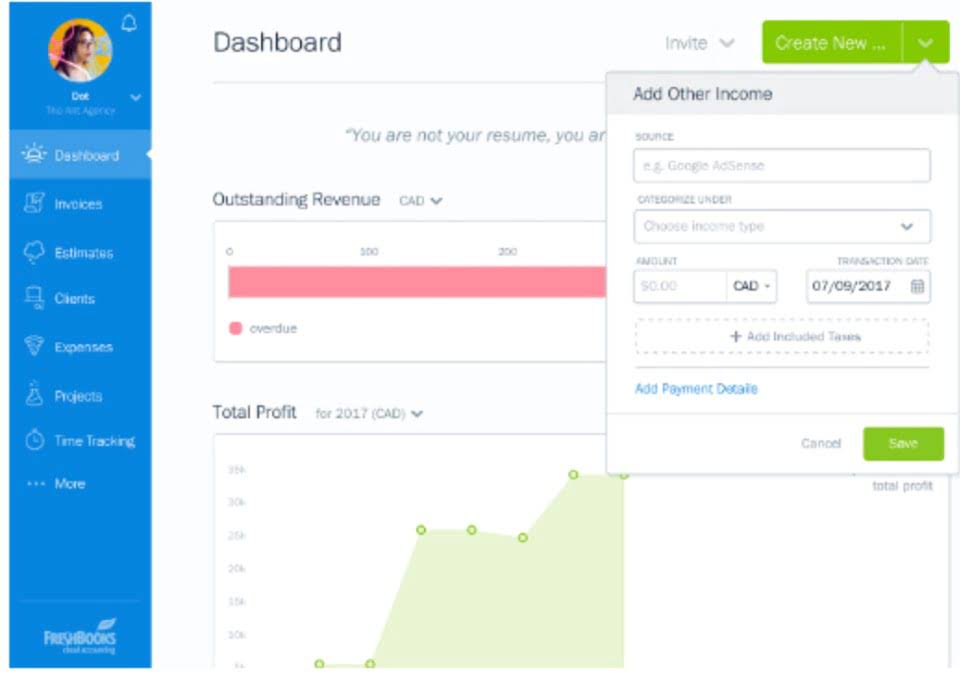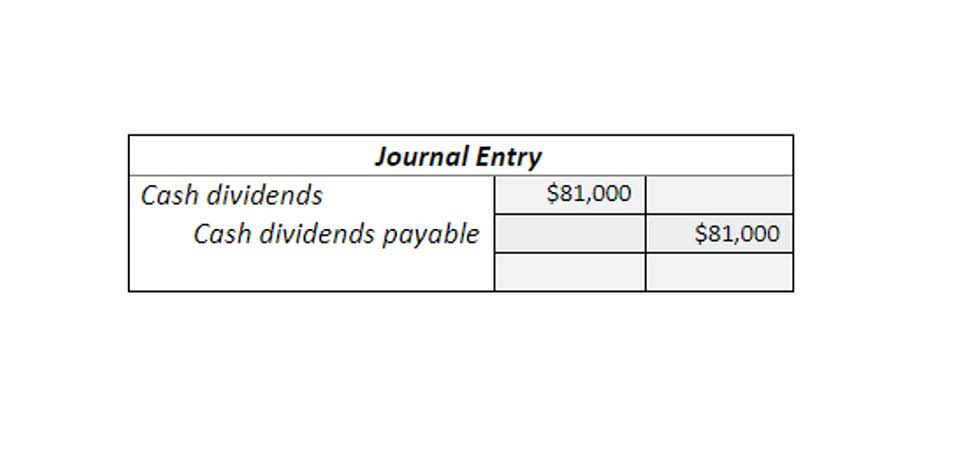
Salvage value affects depreciation, a non-cash expense that influences net income on the income statement. A higher salvage Bookkeeping for Startups value results in lower annual depreciation expenses, potentially inflating net income. The declining balance method, including the double-declining balance variant, accelerates depreciation, front-loading expenses in the earlier years of an asset’s life. This approach benefits assets like technological equipment that lose value quickly, aligning higher depreciation with initial revenue-generating capacity. In financial accounting, capital assets or long-term assets, such as machinery, vehicles, and furniture, have a useful life.
- According to IAS 16, the value of equipment or machinery after its useful life is often termed the scrap value.
- By standardizing this process, businesses can improve their financial stability and planning strategies.
- When making investment decisions, understanding an asset’s salvage value is crucial.
- Yes, salvage value can be considered the selling price that a company can expect to receive for an asset at the end of its life.
- We can see this example to calculate salvage value and record depreciation in accounts.
Risk Management
Cash flow statements, while not directly altered by salvage value, are indirectly impacted through tax savings and the timing of cash outflows related to asset replacements. These elements influence operating cash flows, which are critical for understanding a company’s liquidity and operational efficiency. Several factors influence the estimation of salvage value, which can fluctuate over an asset’s lifespan. Economic conditions are a primary consideration, as they can alter the resale value of an asset.

Salvage Value Formula

Depreciation methods, such as straight-line or declining balance, require the initial cost of the asset and its salvage value to calculate the periodic depreciation expense. By subtracting the salvage value from the initial asset cost, businesses derive the depreciable base, which is then systematically expensed over the asset’s lifespan. This approach ensures that the asset’s cost is matched with the revenue it helps generate, adhering to the matching principle in accounting. Useful life refers to the expected time an asset will be productive for a business. This period varies based on factors like asset type, industry standards, and technological advancements. Estimating useful life accurately is critical as it determines the rate of depreciation over time.
2.1.1 Intangible asset renewals when determining useful lives
Salvage value, often referred to as residual value, is the estimated value of an asset at the end of its useful life. The decision rule for NPV is to accept the project if the NPV is positive and reject the project if the NPV is NPV is negative. The decision rule for IRR is to accept the project if the IRR equals or is greater than the required rate of return and reject the project if the IRR is less than the required rate of return. If we imagine that this value would be nil, there would be no chance of any reduction in depreciation. That’s why salvage value is treated as: it’s wiser to go for zero value while applying depreciation on the asset. CFI is the global institution behind the financial modeling and valuation analyst FMVA® Designation.
Salvage value refers to the estimated value of an asset at the end of its useful life, or at the time when it is no longer productive or useful to its owner. It represents the amount that an owner can expect to receive from the sale or disposal of the asset at the end of its useful life. https://uprankmedia.com/2023/03/20/inventory-formula-calculator/ Manufacturing and EquipmentIn manufacturing, machinery often has a significant salvage value, impacting budgeting and investment decisions. For example, if a security offers a series of cash flows with an NPV of $50,000 and an investor pays exactly $50,000 for it, then the investor’s NPV is $0. The present value of residual (salvage) values of investments are explicitly included in the net present value approach. The present value of disposal related costs would be subtracted from any residual value proceeds.
Salvage Value Calculation

ABC Company buys an asset for $100,000, and estimates that its salvage value will be $10,000 in five years, when it plans to dispose of the asset. This means that ABC will depreciate $90,000 of the asset cost over five years, leaving $10,000 of the cost remaining at the end of that time. ABC expects to then sell the asset for $10,000, which will eliminate the asset from ABC’s accounting records. With a large number of manufacturing businesses relying on their machinery for sustained productivity, it is imperative to keep assessing the equipment they own. Constant use and other factors like the nature and quality of these assets cause a continual deterioration.
We and our partners process data to provide:
In 1998, the company restated its earnings by $1.7 billion – the largest restatement in history. Suppose a company spent $1 million purchasing machinery and tools, which are expected to be useful for five years and then be sold for $200k. If the residual value assumption is set as zero, then the depreciation expense each year will be higher, and the tax benefits from depreciation will be fully maximized. The useful life assumption estimates the number of years an asset is expected to remain productive and generate revenue.
2.3 Changes in useful lives or salvage values
Industry resources or professional appraisals can aid in determining an accurate estimate. Salvage value affects financial statements by influencing the calculation of depreciation expense, which is reported on the income statement. Accurately estimating salvage value ensures compliance with accounting standards and provides a true reflection of asset value over time. Different methods for calculating depreciation, such as straight-line or declining balance, may require alterations to the basic formula, but the core calculation remains constant.

Real-World Example of Salvage Value Fraud
On the income statement, the depreciation expense, influenced by the salvage value, affects the net income. A lower salvage value results in a higher depreciation expense, reducing taxable income and potentially leading to tax savings. This interplay can have strategic implications for financial planning, as companies might adjust their depreciation strategies to optimize tax liabilities and financial performance metrics. One of the most significant applications of salvage value is in the calculation of depreciation for assets.
- ABC expects to then sell the asset for $10,000, which will eliminate the asset from ABC’s accounting records.
- In contrast, the declining balance method accelerates depreciation, offering larger expense deductions in the earlier years.
- Salvage value must be carefully documented within a company’s financial reporting, often accompanied by detailed notes explaining estimation methods and assumptions.
- The carrying value of the asset is then reduced by depreciation each year during the useful life assumption.
- The impact of the salvage (residual) value assumption on the annual depreciation of the asset is as follows.
Consider a manufacturing company that purchases a piece of equipment for $100,000 with an expected life of 10 years. If the estimated salvage value at the end of 10 years is $10,000, then these are the figures that will be used to calculate annual depreciation. Present value (PV) is the current value of a future sum of money or stream of cash flow given a specified rate of return.
